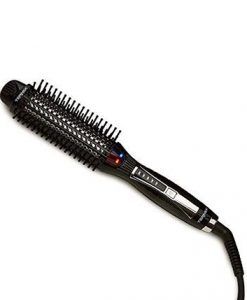Japanese hair straightening
Do you want a Japanese straightening? Advantages, [...]
Keratin Straightening
Keratin or Brazilian straightening: advantages, advice, opinions [...]
Permanent hair straightening
Types of permanent hair straightening, know your [...]




































